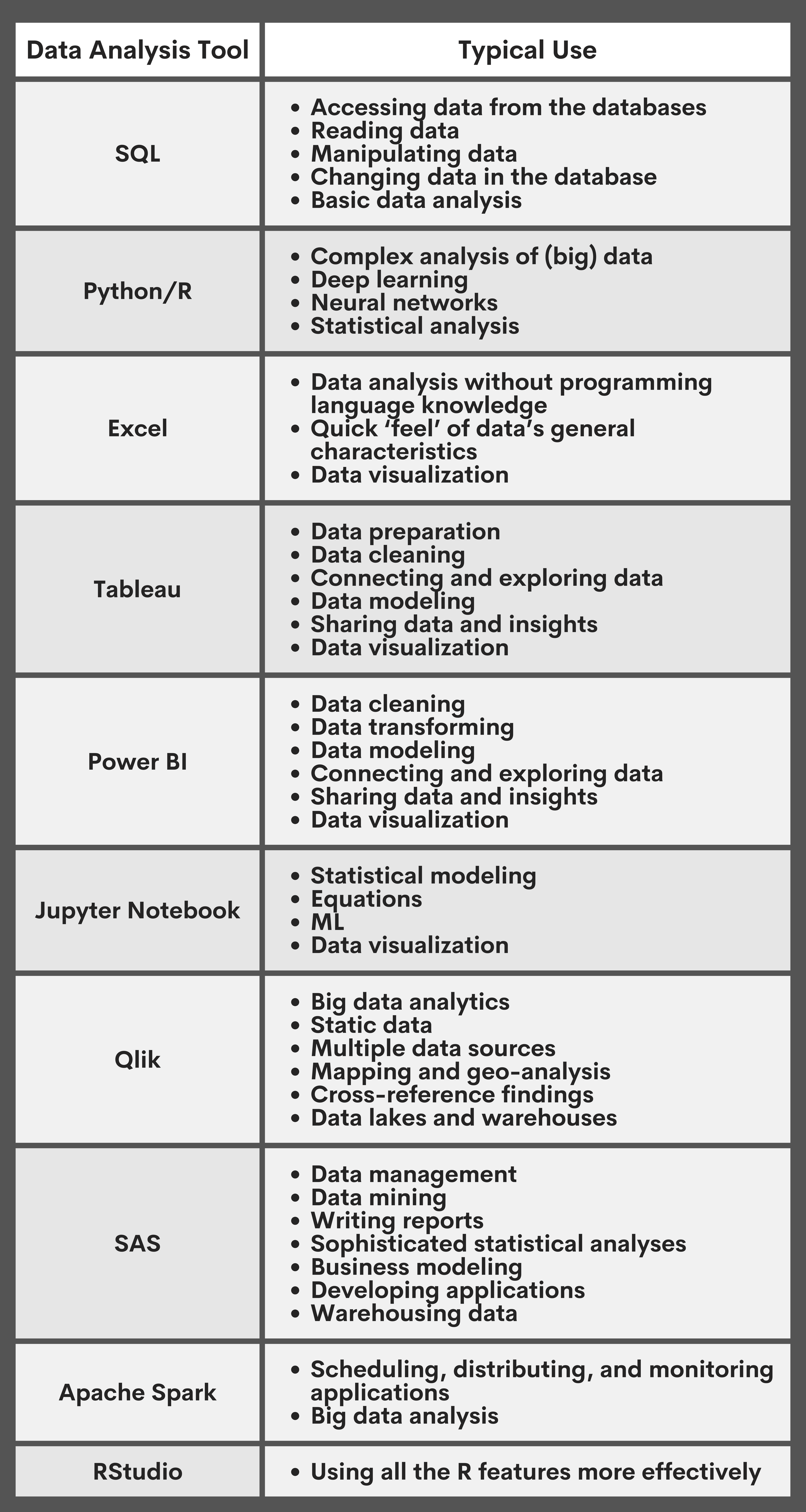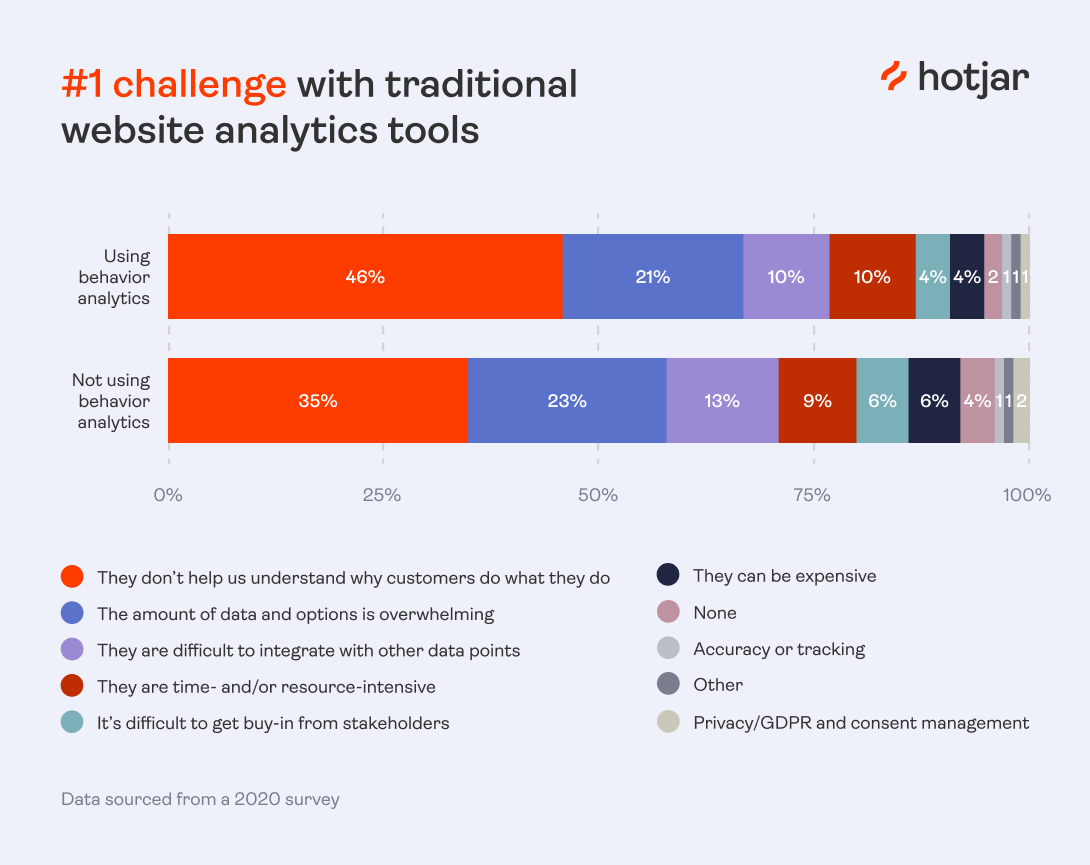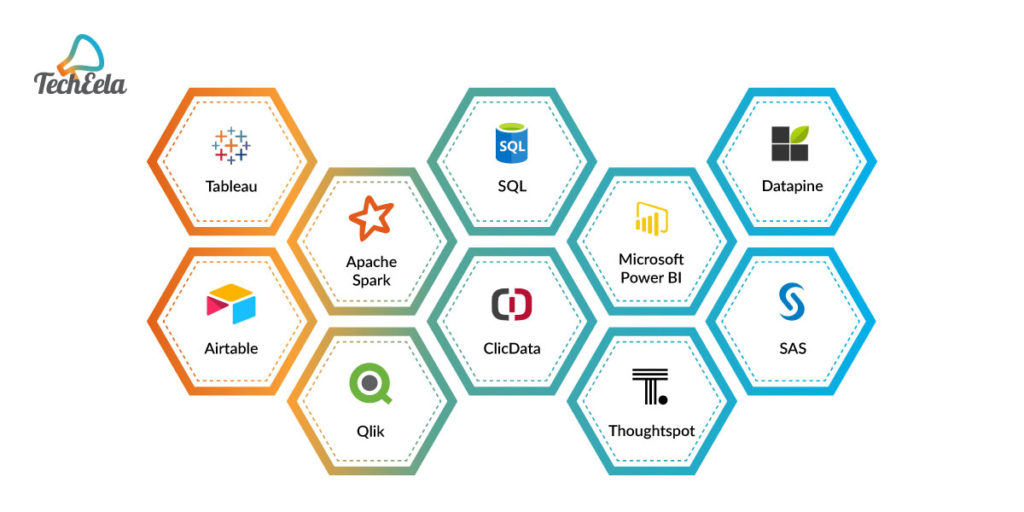Drive Development and Development Through Smart Analytics Applications
Drive Development and Development Through Smart Analytics Applications
Blog Article
Increase Effectiveness and Earnings Via Information Analytics
In today's data-driven landscape, services are progressively acknowledging the crucial role of data analytics in boosting functional performance and productivity. By methodically assessing data, companies can discover crucial insights that inform calculated choices, simplify procedures, and dressmaker consumer experiences.
Comprehending Information Analytics
In today's data-driven landscape, comprehending data analytics is crucial for organizations aiming to improve functional efficiency and drive earnings. Data analytics involves the systematic computational analysis of data sets to reveal patterns, connections, and insights that notify decision-making. By using different methods, such as analytical evaluation, maker learning, and predictive modeling, companies can transform raw data right into workable intelligence.
The procedure generally starts with information collection, where appropriate information is gathered from several resources, consisting of transactional databases, consumer interactions, and market patterns. This data is then cleaned and arranged to make certain precision and uniformity. As soon as the data is prepared, logical devices and software program are used to explore and picture the info, allowing stakeholders to identify abnormalities and trends.
Eventually, comprehending data analytics empowers organizations to make educated choices based on empirical evidence as opposed to intuition. It helps with targeted strategies that can optimize resource allotment, boost client fulfillment, and improve total efficiency. As businesses increasingly identify the value of data-driven insights, a strong grip of data analytics comes to be a critical competency for groups and leaders alike, positioning them for sustained success in an affordable environment.

Key Benefits for Services
Organizations that leverage information analytics can open a wide range of benefits that considerably boost their procedures and earnings. Among the key benefits is enhanced decision-making. Data analytics offers workable insights derived from real-time data, permitting businesses to make educated options that line up with market needs and customer preferences.

Furthermore, data analytics fosters enhanced customer experiences. By comprehending customer behaviors and choices, organizations can customize their offerings, leading to increased satisfaction and commitment. This individualized method commonly causes greater conversion prices and repeat organization.
In addition, information analytics enables businesses to recognize arising opportunities and trends. By staying ahead of the curve, companies can profit from brand-new markets and developments before their competitors.
Carrying Out Data-Driven Approaches
Successful implementation of data-driven strategies needs a comprehensive understanding of both business objectives and offered data resources. Organizations must initially specify their goals clearly, making sure positioning in between information efforts and critical goals. This clarity allows groups to focus on pertinent metrics and understandings that drive decision-making.
Following, you could try here services should evaluate their existing data facilities. This includes evaluating data high quality, availability, and assimilation abilities. Top quality data is vital for accurate evaluation, as bad information can lead to illinformed methods and thrown away sources. Organizations needs to establish procedures for information collection, cleaning, and monitoring to preserve data honesty.
Additionally, promoting a data-driven society is important. Staff members at all degrees must be encouraged to take advantage of data in their daily operations. Educating programs and workshops can boost data literacy, encouraging team to make educated decisions based upon analytical insights.
Tools and Technologies Summary
A durable collection of tools and modern technologies is vital for companies aiming to harness the complete potential of information analytics. These tools assist in the collection, processing, and visualization of data, making it possible for services to acquire workable understandings.
At the foundational level, data management platforms such as SQL databases and NoSQL systems offer effective data storage space and retrieval abilities. For data processing and evaluation, shows languages like Python and R, in addition to structures such as Apache Glow, allow intricate computations and device knowing applications.
Visualization tools, consisting of Tableau and Power BI, change raw data into instinctive visual styles, making insights available to stakeholders whatsoever levels. In addition, cloud-based systems see post like Google Cloud and AWS use scalable storage and processing remedies, fitting the growing quantities of data organizations run into.
For innovative analytics, anticipating modeling and AI-driven solutions are significantly embraced, enabling firms to anticipate fads and boost decision-making processes. Incorporating these tools into existing workflows is critical; companies that effectively leverage this modern technology can dramatically improve operational effectiveness and drive profitability. Therefore, buying the right devices and technologies is a critical imperative for any type of data-driven company.
Study of Success
Leveraging data analytics has actually led various companies to attain remarkable enhancements in effectiveness and productivity. One notable case is a big retail chain that carried out anticipating analytics to optimize inventory management. By evaluating historical sales data and useful source consumer fads, the firm reduced excess inventory by 30%, resulting in considerable expense financial savings and boosted capital.
Another example can be located in the production industry, where a leading vehicle maker made use of information analytics to improve its manufacturing processes. By checking equipment efficiency in real-time, the organization determined bottlenecks and ineffectiveness, resulting in a 20% rise in total tools efficiency (OEE) This not only increased production prices but also minimized downtime and upkeep prices.

These instance studies highlight exactly how information analytics can drive strategic decision-making, optimize procedures, and ultimately boost both efficiency and profitability across various fields.
Final Thought
In conclusion, the integration of data analytics into service procedures provides considerable chances for boosting effectiveness and profitability. By systematically evaluating information, organizations can determine ineffectiveness, enhance client experiences, and make notified decisions.
In today's data-driven landscape, understanding data analytics is important for organizations intending to boost functional effectiveness and drive earnings. Data analytics includes the organized computational evaluation of data sets to reveal patterns, relationships, and insights that inform decision-making. Information analytics gives actionable insights acquired from real-time information, enabling services to make informed selections that straighten with market demands and consumer choices.
High-grade data is crucial for exact evaluation, as poor information can lead to misdirected techniques and wasted sources. Organizations needs to establish procedures for data collection, cleansing, and administration to keep data stability.
Report this page